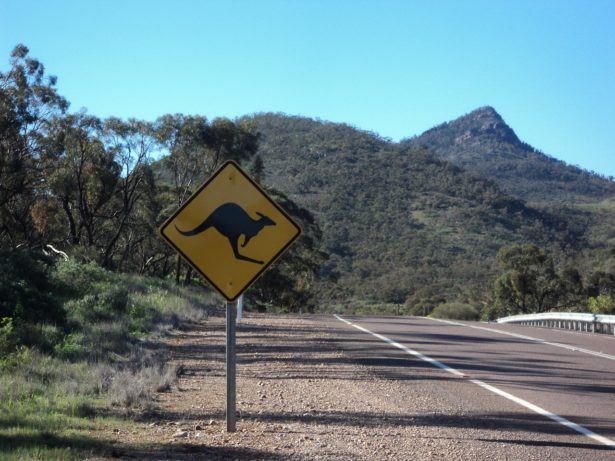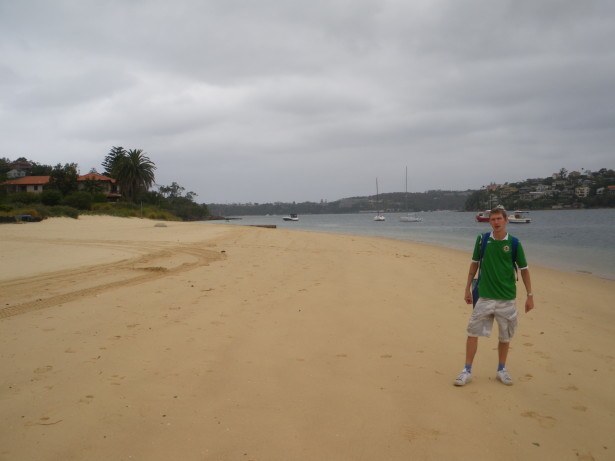Australia is a naturally diverse place to visit, and it’s one of the top tourist destinations in the world. Some of the many things people go to Australia for include:
- The Great Barrier Reef: The Great Barrier Reef is where people go diving to see fish, sharks, turtles and vibrant coral.
- Sydney: Australia is so unique because it’s an outstanding mix of wildlife and rural areas along with big cities and cosmopolitan living such as with Sydney. Sydney is a great city to include on your Australia itinerary with Bondi Beach, Darling Harbor, King’s Cross and many other sites to keep you occupied.
- The Wineries: Australia wine regions are world-renowned and include Margaret River and Barossa Valley. Some of the types of wine Australia is especially well-known for include pinot noir and Shiraz.
- Western Australia: Western Australia is where you’ll find the expansive outback as well as stunning unoccupied beaches. Western Australia is also home to Karijini National Park and the Coral Bay and Ningaloo Reef.
If you’re planning a trip from the U.S. to Australia, what should you keep in mind?
Visas and Travel Documents
There are visa programs available such as the eVisitor visa for Australia, which creates a short-stay travel agreement between Australians and citizens of the EU, and other similar programs introduced. If you’re traveling from the U.S. to Australia, you can apply for an Electronic Travel Authority (ETA). An ETA is linked to your passport, and it’s intended for short-term tourism or business like attending a meeting or conference.
The ETA isn’t a work visa, however.
Along with having a U.S. Passport, there are a few other countries where you can apply for an ETA including Canada and Japan.
Flights
The flight can be down under, but there are nonstop flights available from some U.S. cities. You can also fly to all of the capital cities of Australia from the U.S. including Sydney, Melbourne, Brisbane,and Perth.
For nonstop flights, you can go from Los Angeles to Sydney on airlines like Qantas. From Los Angeles to Australia, the flight times are just under 15 hours. There are direct flights from San Francisco, including direct service on United to Sidney.
From Dallas to Sydney, you can also get a direct flight in under 18 hours and the same is true of Houston. From Hawaii and some other places in the U.S., you can find flights with one stop on airlines including Delta.
Pick Your Must-Sees Ahead of Time
Australia is massive, and despite your best efforts you’re not going to be able to see it all in even two weeks. However, if you had around 12 to 14 days, you could take in Sydney and the Great Barrier Reef, and maybe a few other spots.
Keep in mind also that driving from place to place can mean many hours in the car. For example, if you were going to go from the south to the north, it would be more than 30 hours of drive time. If you’re going to be visiting places that are far from one another, you should think about flying.
With that in mind, there is also a lot of variances in the climate of different areas. There are a lot of different climate zones, and in one place you might need a winter jacket while at the same time somewhere else it could be 80 degrees.
When Should You Go?
You likely already know the Australian seasons are the reverse of the U.S., so you’ll keep this in mind as you’re planning a trip. The summer in Australia is December, January, and February. During these months areas like Sydney in Southern Australian are very crowded, and it’s expensive during this time. If you go in the U.S.’s fall or spring, the weather will still be nice, but the crowds and prices will be lower.
If you’re going north, the summer can be hot and wet so it may be better to go in winter months (the summer months in the U.S).
Restrictions
Finally, Australia is strict about what you can bring into the country. There are things like meat, fruits,and vegetables you can’t bring in as well as the usual suspects like drugs and weapons. Some medications might not be permitted either.
If you have a prescription medication, you should bring a letter from your doctor stating why you take it. Unless you’ve come from a country or recently visited a country with yellow fever, you don’t have to have any particular vaccines before you go to Australia from the U.S.






